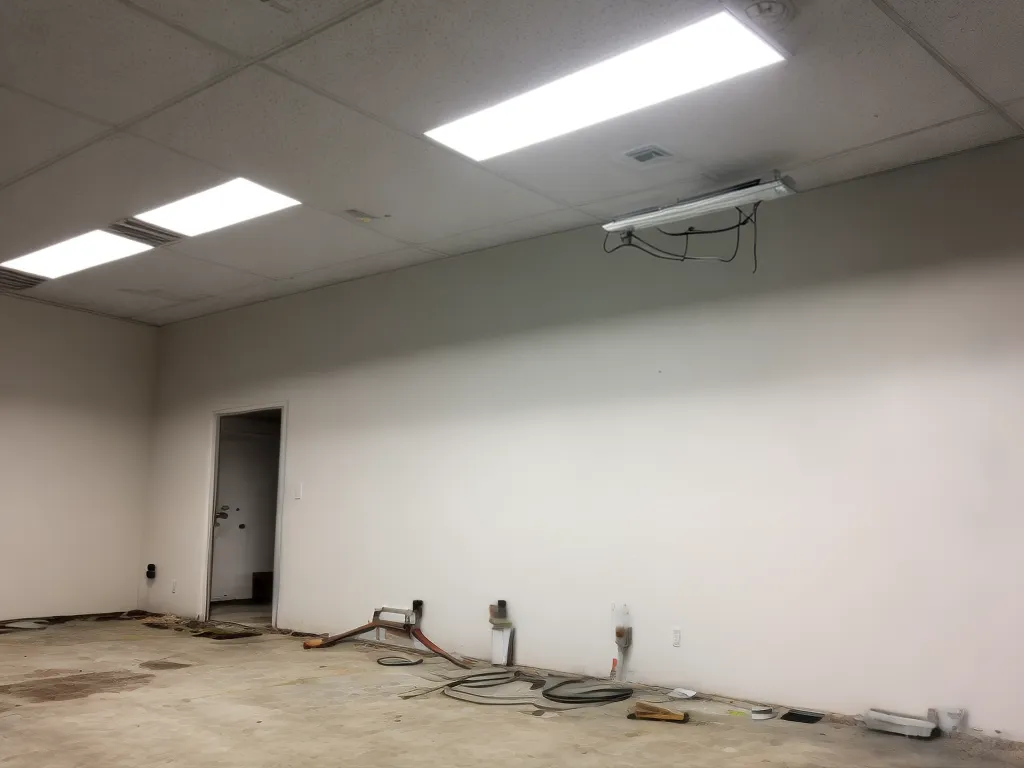
Introduction
Commercial lighting retrofits can provide enormous energy savings and fast return on investment. However, many building owners and facility managers neglect key factors that determine the success or failure of a lighting upgrade project. In this article, I will share my insights from over 10 years of experience in the lighting industry to uncover the neglected side of commercial lighting retrofits.
The Importance of Light Levels
One of the most overlooked aspects is maintaining adequate light levels after the retrofit. Many LED products promise impressive energy savings, but the light output is far less than the existing lighting. This leads to dark, gloomy spaces that negatively impact productivity, safety, and aesthetics. As an expert, I always measure light levels before and after an upgrade to ensure the new lighting meets recommended standards per the Illuminating Engineering Society (IES).
Proper light levels are especially critical in applications like warehouses, manufacturing facilities, schools, and hospitals. For example, I once consulted on a warehouse retrofit where light levels dropped from 30 fc to 10 fc. This drastically increased the likelihood of accidents and errors while picking orders. By working with the supplier, we sourced higher lumen LED high bay fixtures to maintain 30 fc, saving energy while preserving safety and productivity.
The Myth of Instant Energy Savings
Another common misconception is that LED lighting provides immediate energy and cost savings. In reality, the energy savings emerge over time and depend heavily on proper maintenance. Unlike fluorescent and HID lamps that burn out, LEDs slowly depreciate over many years. If not properly maintained, light levels deteriorate to unusable levels while energy consumption remains high.
I advise all clients to budget for proactive maintenance like group re-lamping every 3-5 years. This incremental investment is worthwhile, as replacing LED arrays preemptively can extend the life of a lighting system to 20+ years. Neglecting proactive maintenance often means replacing the entire fixture prematurely. Planned maintenance provides the maximum energy and cost savings over the long term.
The Pitfalls of Poor Quality Products
Many contractors install inferior LED products to offer the lowest first cost. However, poor quality LEDs experience issues like flicker, glare, color shift, and short lifetimes that negate the value of the upgrade. As one example, I tested some budget LED tubes that flickered so badly it caused headaches and eyestrain for employees.
When evaluating LED products, I always review third-party test data and look for DesignLights Consortium qualification. High-quality LEDs may cost more upfront but provide better light quality, longer lives, and lower maintenance expenses. The value of a lighting retrofit should be measured over the full lifetime of the products, not by initial cost alone.
Leveraging Controls and Sensors
LED lighting saves energy by default, but adding controls and sensors optimizes savings by delivering light precisely when and where it is needed. I typically recommend integrating occupancy sensors, daylight harvesting, and dimming capabilities. However, controls must be commissioned properly to function as intended. I once encountered an occupancy sensor system that had been installed incorrectly, rendering it useless.
By verifying control functionality and training staff on proper use, I ensure that sensor-based systems maximize energy savings. I also advise clients to consider smart lighting controls, which provide dimming, occupancy-sensing, daylight harvesting and real-time energy monitoring through intuitive software and apps. Upfront costs are higher but the long-term benefits are immense.
Conclusion
In closing, commercial lighting retrofits require expertise and diligence to provide their full value. Neglecting critical factors like light levels, maintenance, product quality, and controls can severely diminish the return on investment. As your lighting consultant, I have the technical knowledge and hands-on experience to avoid these pitfalls. By working together, we can unlock the full energy and cost saving potential of LED lighting for your facility. Please reach out to me directly to discuss your lighting retrofit goals.